A little while ago, I wrote an article on how to avoid the full-frame FOMO. Given what I said in that article, this particular piece might come as a bit of a surprise. But bear with me, and I will try to explain my rationale for going bigger than full frame.
In the full-frame FOMO article I talked about choosing the right type of sensor for the photography that you do. A wedding photographer, for example, may well go full frame as it will have a shallower depth of field (for a given focal length) and better low-light capabilities. A sports or wildlife photographer may well find the 1.5x crop factor of APS-C sensors a major advantage. I am a hybrid stills and video photographer. I needed a camera that did both very well.
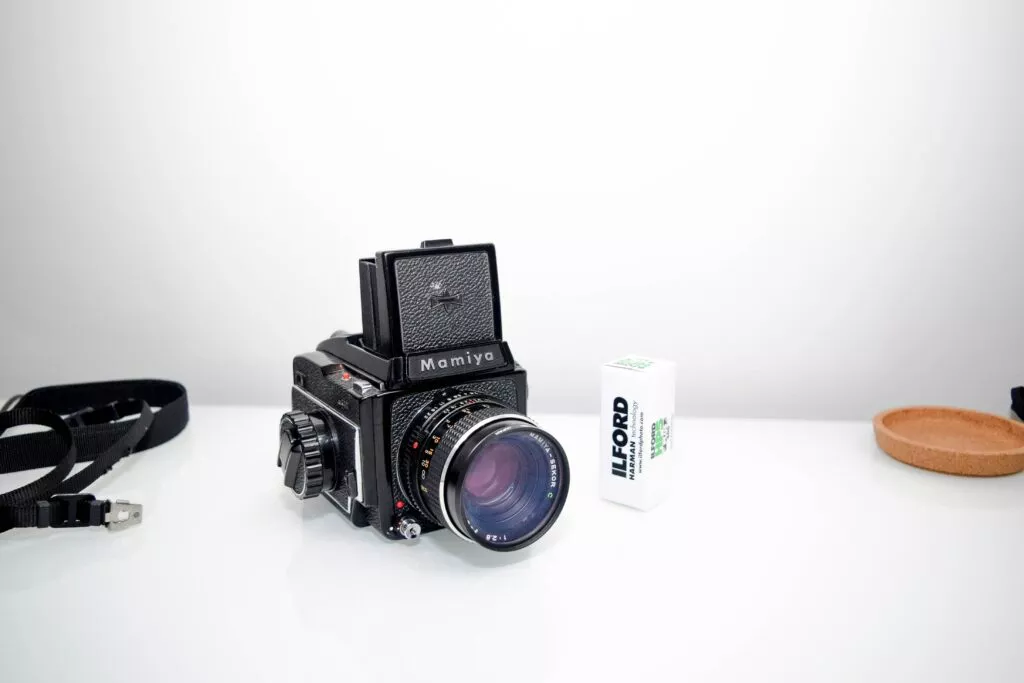
My Demands As A Hybrid Tog
Cameras that shoot higher resolution stills and yet can also do 10-bit 422 video are few and far between. At the price level, I am happy to pay, it’s really only the full-frame Sony A7IV and the Fujifilm X-H2. I went with the X-H2 mainly because I am already bought into the Fujifilm ecosystem. I had the lenses, and more importantly, I had the experience and muscle memory of using that system.
The Fujifilm X-H2 has been excellent, despite a little repair hiccup. For most of the photographic work I do, the camera is perfect. However, I always felt something was missing. I have a thing about the aesthetic of the image. The way the image not only looks but makes you feel. Most modern digital cameras have incredible image quality, but that image has a digital feel. I will not even try to define what I mean by that because I simply cannot.
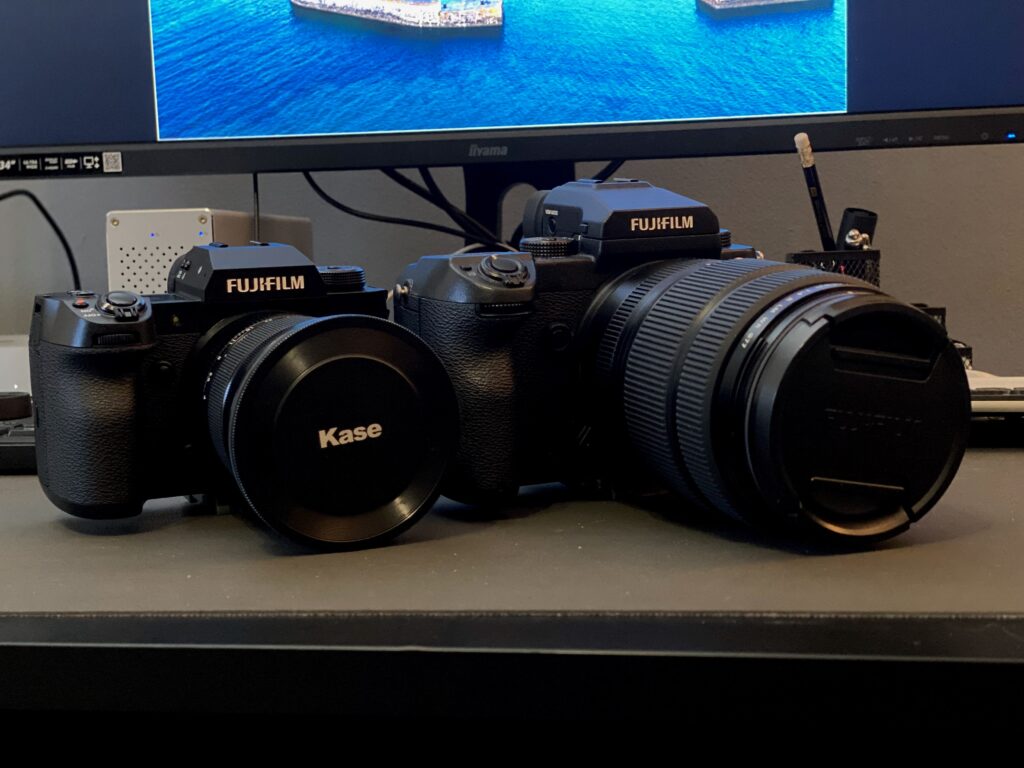
However, I owned one digital camera that gave me that look, the Nikon D3. It was only 12MP, but those megapixels were spread across a beautiful full-frame sensor. At a time when other companies were charging ahead in the megapixel race, Nikon took a step back and basically said that it’s about the image, not the resolution.
I Bought The Fujifilm GFX50s
In a similar vein to the Nikon D3, Fujifilm bought out the GFX50s (and 50r) a few years ago. The concept was the same, make it about the image quality. Big sensor, whether it’s right to call it the medium format, is an argument for others but fewer pixels on that big sensor.
Ok, I will admit that 50MP sounds a lot. However, top-range full-frame cameras are running 45-60MP at the moment. A full frame sensor is 36x24mm whilst the GFX sensor is 44×33. Whilst that might not sound very much, that’s 1.7 times larger yet with a similar pixel count.
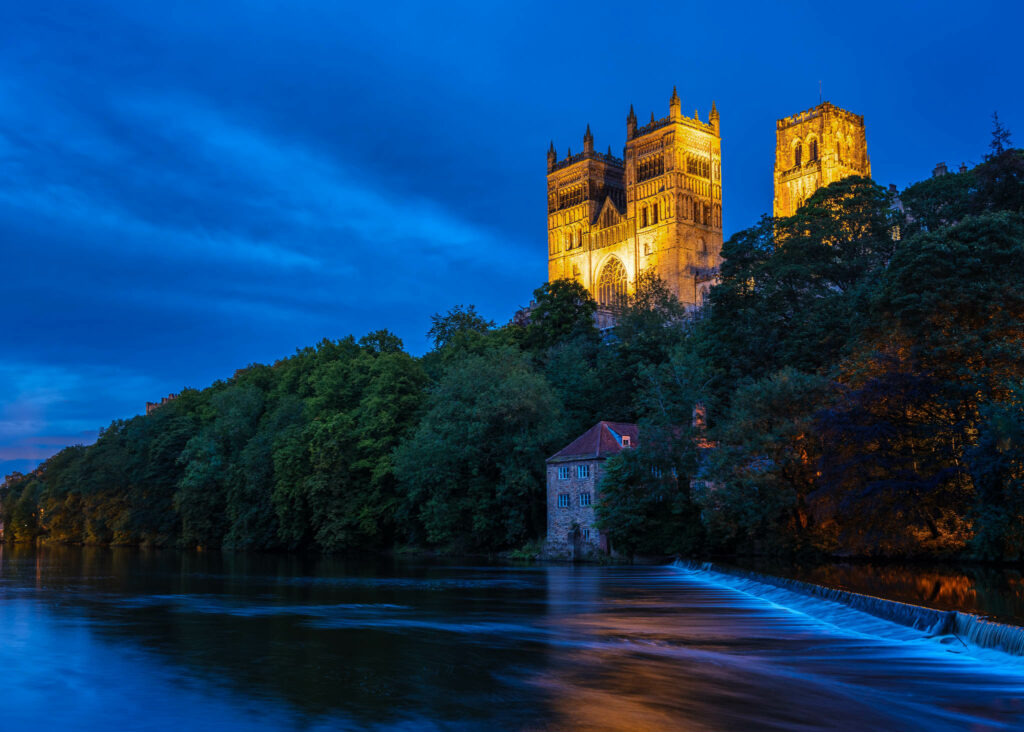
I will be honest with you, I had not planned to buy a medium format camera, not in the short term anyway. However, an opportunity arose to buy a used one at a very good price. Needless to say, I took that opportunity. There was, however, the question of a lens, an additional and substantial cost. Again I went used on that through MPB.com a well-known and trusted dealer of used photography gear. All in all, the camera and lens cost me significantly less than buying a full-frame camera with a similar lens. Of course being a 7-year-old camera, the technology lags behind what I might get in a Z8 or Alpha 7VR. But that is one of the primary reasons I bought it. Let me explain.
Making Photography Great Again
When I am shooting with my Fujifilm X-H2, I often find myself wearing two hats, regardless of the purpose of the shoot. Those hats are stills photographer and videographer. I might be shooting stills in a fabulous location but immediately start to think – maybe I need to shoot footage as well. This happens nearly all the time I shoot.
Because of that, I rely on all the camera technology to keep switching between stills and video. In short, I am not practicing what you might call “pure photography”
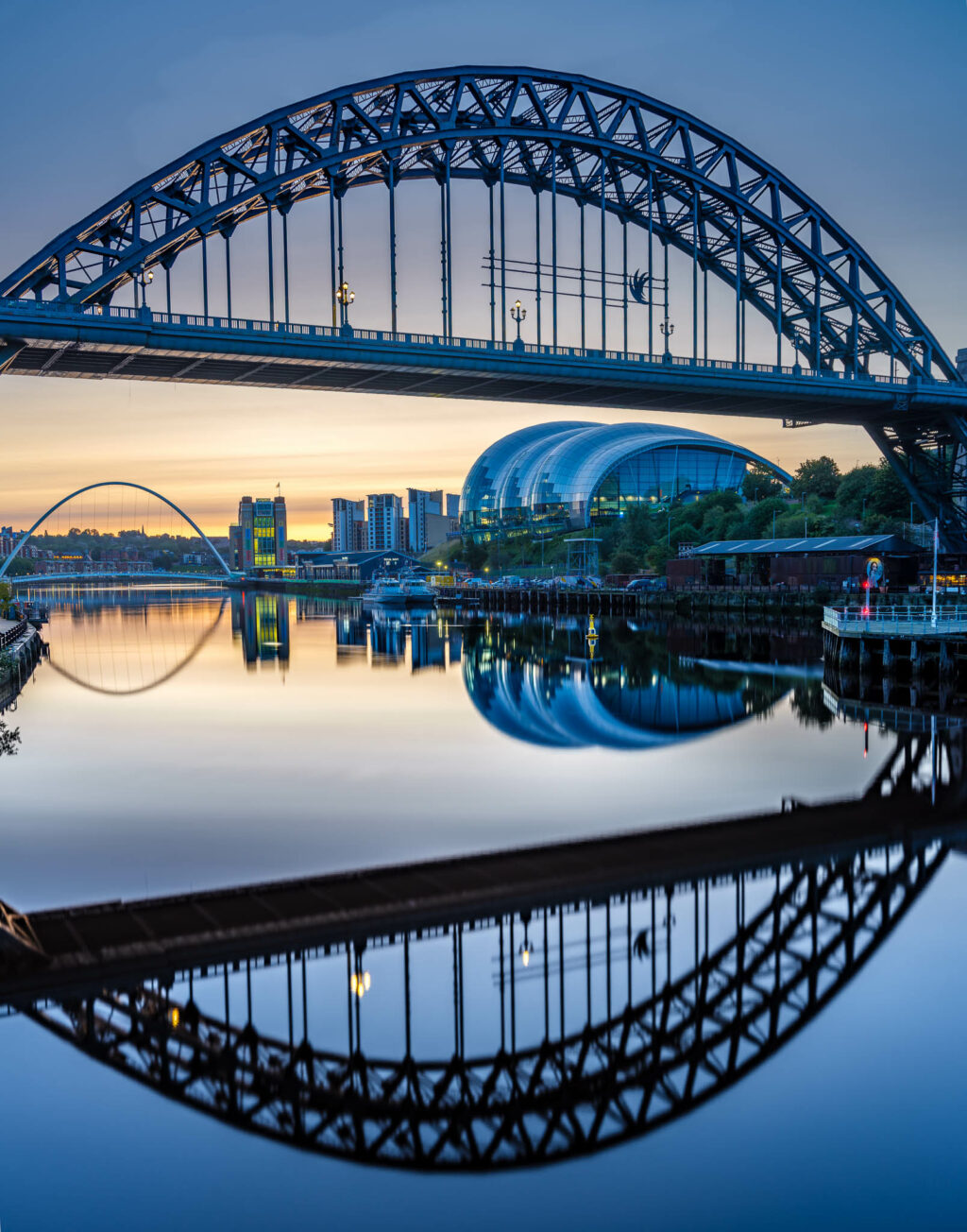
By this, I mean the type of photography where you go out with a specific idea in mind. Where you use all your skills as a photographer to create the best-looking image that you can. The slow, considered approach to photography. Where the light and your technique rule over the camera’s technology. The Fujifilm GFX 50s is giving me that.
That’s not to say the technology is old. The autofocus is fast and efficient, and the metering is spot on. However, it doesn’t shoot 4K video and certainly doesn’t shoot 10bit 422 video. The whole camera design is built around stills photography, taking your time and understanding what you are doing.
So Is That Working Out For Me?
Yes, it absolutely is.
The GFX 50s is making me think about every shot. It’s making me look for the right composition, the right light, and more importantly, it’s making me think about the feel of the image. But what of that undefinable aesthetic I mentioned earlier? This camera rates along with, and probably above the Nikon D3. The image quality is special. The RAWs have a dynamic range in abundance.
They are pin-sharp and have oodles of definition. But more than that, there is something that bigger sensors give you over smaller ones. A more subtle graduation in both the tonal and colour ranges. It’s this that makes the image look less digital, and it’s this that, for me, makes cameras like the D3 and the GFX50s different.
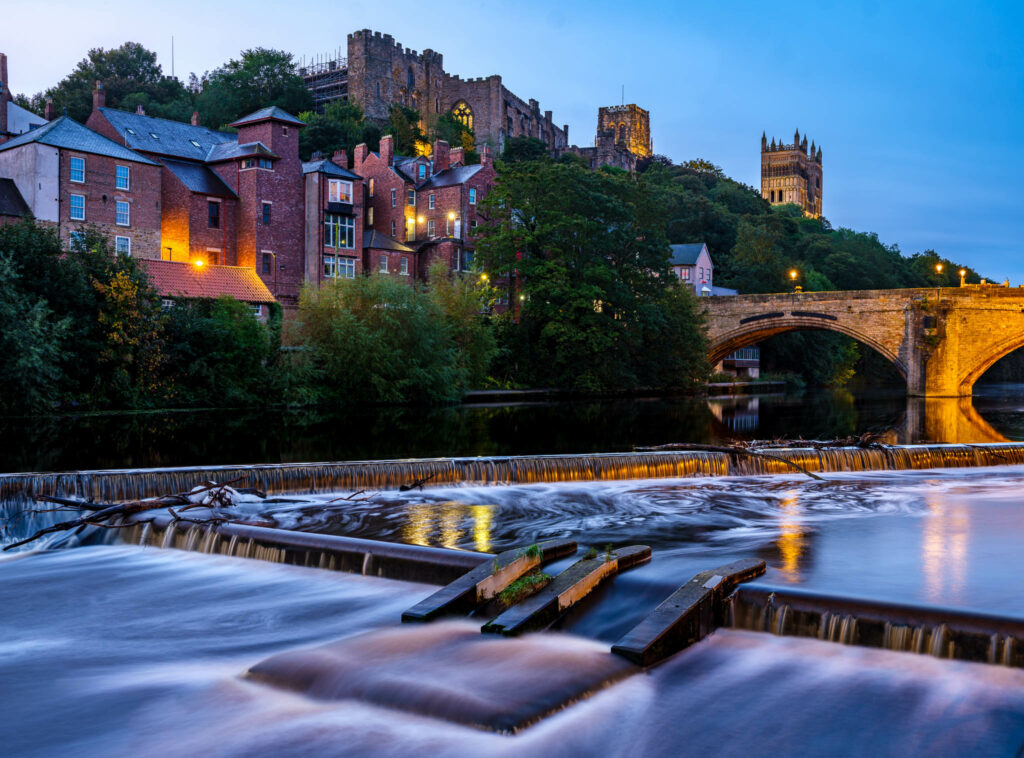
There are downsides. It’s big, it’s heavy. Hand-holding is possible but not easy. The RAWs, with all their dynamic range and information, run at 119 MB a piece. Start bracketing, and you will soon need some new storage space. Glass is expensive, even secondhand. I will be restricted to the 32-64mm f4.0 for a while. That said, old Mamiya 645 lenses work on the GFX 50s through an adaptor, and many of them are cheap as chips.
I will be honest: I immediately started to have severe buyer remorse once I committed to buying. Do I need this, what will it bring to me? However, once I started shooting with it, that remorse faded. By the time I loaded and edited the images, that remorse had become, why did I not do this earlier?
This is a camera that begs you to go out and capture lovely images, and I am a photographer who will willingly submit to its demands.
Further Reading:
Light Stalking https://ift.tt/hq5kYS8
Sourced by Time Trap Photography sharing the best photography tips, news and tricks throughout the industry. Time Trap Photography is dedicated to freezing those special moments in life that can be revisited and admired for generations to come. - Shannon Bourque
Please visit our main site for booking availability and rates.

Receive valuable industry knowledge delivered free to your email each day.






No comments:
Post a Comment
Thank you so much for your comment. A moderator will review and approve all relevant posts. We appreciate your support and encourage you to stay with us by subscribing to our email updates. Where you can easily pick and choose what photography subjects interests you. Subscription link: http://bit.ly/photo-sub